|
By RAR
Psychologists
tell us that "icons", or iconic images, function in our minds as
pictures for associating specific types of information. These are
considered to be either personal or impersonal in nature; personal
symbols being associated with individuals' personal experiences, good
and bad, and impersonal symbols being associated on the
unconscious level as universal archetypes of recognized
qualities, values or characteristics. We respond to certain archetypal
images - icons, synonymous with "symbols" in the secular, cultural sense
- at the subconscious level.
"Iconography" largely traces the origins of
icon creation to the eastern branches of the Christian and Catholic
churches of the 1st and 2nd Century A.D., an arc that fits nicely with
the establishment of Christian faith and the attendant need for branding
and objects of adoration.
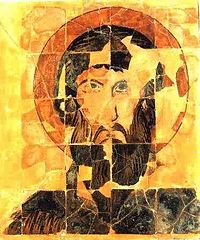 I I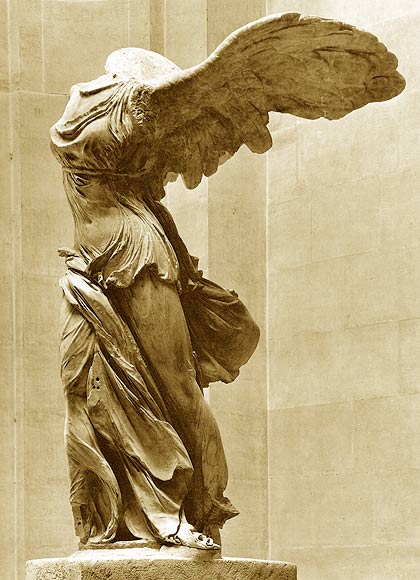 t
is worth noting that the original church-related icons were flat by
design: one-dimensional panels, images produced on metal, carved in
stone, embroidered on cloth, painted on wood, done in mosaic or fresco,
and printed on paper. An example (left) is "St. Theodore" from the early
Greek Orthodox. t
is worth noting that the original church-related icons were flat by
design: one-dimensional panels, images produced on metal, carved in
stone, embroidered on cloth, painted on wood, done in mosaic or fresco,
and printed on paper. An example (left) is "St. Theodore" from the early
Greek Orthodox.
What the early Christian icons were not
was three-dimensional, because in truth icons had been around a long time
before Christian artisans appropriated the crafts of icon production and
the Christian church wanted no part of what they had represented.
The early Christian church associated
symbols produced by pre-Christians ("Pagans") with "false idolatry" and
suspected that their provocative, even titillating works were inhabited
by demons. The Greek sculpture "Nike of Samothrace", shown here (right),
presented all of the aspects of "pagan art" that so bedeviled the
Church: close attention to detail in human and animal forms, bas relief
beyond the three-quarter limit imposed by Church law, apparent idolatry
of qualities or characteristics suggested by the art itself (power,
movement, emotion). The history of
iconic art is rich and fascinating, but not really the focus of our
story here, which is all about what icons mean in our present day
cultural lives. For deep reading on the genesis of the forms,
a list of
reading materials has been provided below.
EXPLOSIONS IN
YOUR BRAIN: Humans have recognized the power inherent in
iconic imagery since early civilized people were painting on the walls
of caves around Lascaux France. Some believe those early hunter-creators
used the images as persuasive dreams to bring the beasts that gave them
life into killing range.
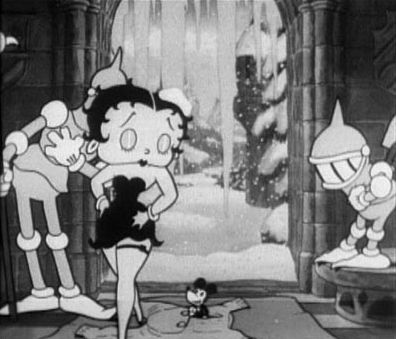 Enter
Betty Boop... Enter
Betty Boop...
As media developed and creators were
provided with more ways to produce images, we started to get idolatry of
widely varied types, including the 1930s image of Betty Boop (left).
Betty Boop was intended to be iconic of the
"Flapper" girls of the Roaring '20s, who were the "easy, breezy cover
girl(s)" of their time, symbolic of adventurous good times lived in the
discretionary spending zone where cash flow is not a problem. This
played well in the 1930s Depression Era, when Betty Boop played as an
entertainment, a fantasy, and on a subconscious level a symbol of
optimism for the future, which put Betty right in line with all the
religious icons who had gone before.
Whatever salvation the image of Betty Boop
promised, the personality traits she personifies show up repeatedly in
generations of fun girls ranging from Mae West and Marilyn Monroe, to
Madonna and Katy Perry.
They have appropriated iconic aspects of
this character because for reasons not entirely known, it stands out in
the mind's eye outside of the stream of images that otherwise are
consigned to our inbox for perceptions that never rise to the conscious
level. But Betty, for the sake of our argument, pops!
This quality in iconic images has been the
subject of significant scientific study, such as that presently being
done at Max Planck Institute (MPI) for Brain Research in Frankfurt/Main,
Germany. There scientists are trying to learn "whether perception can be
influenced by long-term and systematic training and whether such
training does not only change the processing, but also affects whether
the stimulus can be consciously perceived". Their research hopes to
expand understanding of neuronal processes for medical applications,
including ways to train stroke victims to recognize visual cues that
lesions in their brain might otherwise be blocking. Or, describing their
testing process in the most confusing possible Scientist talk: “While
the learning effect for the pure processing of the stimuli, that is the
discrimination of the shape, was lost with the spatial rearrangement of
the stimuli, the clearer visibility of the images, that is the learning
effect in terms of conscious seeing, remained.”
It turns out that certain iconic images can
be constructed to be recognized by the perceptive viewer. Those guys who
created and sold the image of Betty Boop got that, just as certainly as
did the icon creators of the ancient civilizations right on up through
the later religious institutions.
Icons explode in the brain the way no other
images do, not just on a visual level, but on visceral, emotional levels
as well.
HOW DO YOU REACT TO THESE ICONIC
IMAGES?
In image and word association fashion,
iconic images are provided below along with the thoughts that each
trigger as the author's response.
Edited 22412 |
So You Wanna Be a Rock'n
Roll Star?
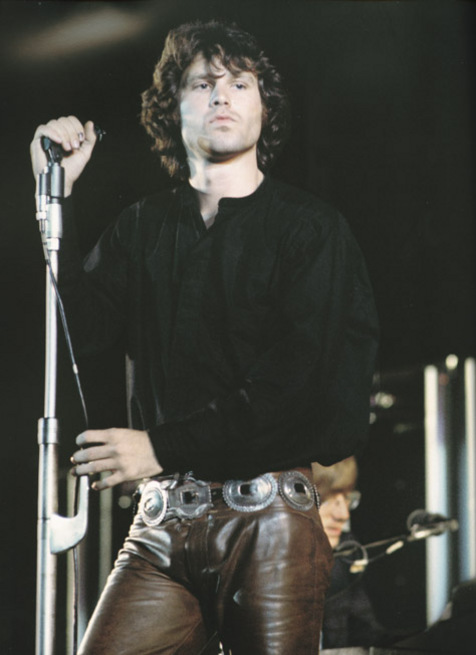
Far
and away the most time that aspiring musicians spend in trying to
advance their careers is spent trying to find the exact right
combination of instrumentation, arrangement and vocal performance.
As making good music is first and
foremost in the minds of aspirants, and working hard at it is time
necessarily spent, none of it really means much if you and your unit
don't provide some iconic image, or punch some button in the mind's eye
of viewers that associates you strongly with some icon that has
particular meaning for them.
I can look at someone and
know instantly whether or not he or she has an iconic quality that will
provide information to the brains of fans and excite their neurons with
the electricity of recognition.
That is what icons do,
they provide us with the thrill of I Get That! the way that
laughing at a joke announces that you understand. These are
responses that reaffirm our connections with things we value, and
therefore with ourselves.
Iconic images, as it turns out, are
really about the beholder, and our triggered reactions. And one
senses that this is why our cultural, and even our spiritual, icons have
tended to be such tortured souls. They play a part for us into a kind of
perpetuity, or at least for as long as the public shows an interest, at
which point the grittiest of the survivors reinvent a new personal icon
for the faithful to rally around (Elvis Presley, The Beatles, Frank
Sinatra, Willie Nelson, Leonard Cohen). Others grow exhausted and simply
disappear (Greta Garbo most famously, also Joni Mitchell).
THE X-FACTOR:
Somewhat aside from the power of the iconic image is that thing we call
"the X Factor" - some thing about whatever it is a person does
that makes experiencing them qualitatively superior to experiencing
similar others. This is the focus of the talent competition "The Voice",
in which singers are rated initially on the quality of their vocal
performances. "American Idol" has been a little less that way, and
slightly more interested in the overall packaging of performers, but any
icons associated with the show are "special guests", not contestants.
The special factors the contestants hope to reveal are necessarily
derivative, referencing icons but not endeavoring to chance offering a
new one.
In fact, no iconic performer has ever
emerged from any of these talent shows. Certainly that is due largely to
the mathematical improbability of an obviously iconic performer emerging
from a football stadium full of aspiring talent, or even one hundred
such stadia.
And, as mentioned above, it is also due
to the natures of these competitions, which are largely about miming
iconic figures, not actually presenting as one.
Most importantly, anyone who represented
some truly authentic iconic presence would not need to compete for
prizes on any of these game shows.
FEW HIT WONDERS:
There is room on the charts for performers who work to popular effect
within a musical genre without boasting anything like personal iconic
status. That would include every act that ever scored a single radio
hit, and quite a few that have sustained long, low-wattage careers.
Iconic performers are the ones that stay
around as immediately recognizable caricatures or cartoon images
of themselves, which probably opens up an entirely other discussion
around the psychological ramifications of living life as a
representative of some thing fixed in the public's mind.
Some iconic figures, such as the late
John Lennon, famously tired of the role and did his best to walk away
from something that would become impossible to escape. Gun shots fired
by a crazed fan cemented Lennon's iconic image in our shared cultural
history, where it will likely live on for generations to come.

|
|

Keith Richards:
Rock Music, personal debauchery, cavalier
bonhomie
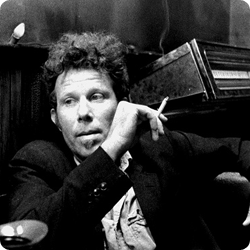
Tom Waits:
Barroom performance art, sly humor, skid
row ethos, street sensitivity, authenticity, vaudeville

Patti Smith:
Uncompromising artistic expression,
fearlessness, Bohemia, Greenwich Village, stridency
|

David Bowie:
Style and grace, conceptual performance art,
quality, forward thinking

Chrissie Hynde:
Strength, legitimacy, Rock Music, lack of
pretense, honesty, integrity

Young Bob Dylan:
Audacity, intelligence, attitude, courage,
rebel, trail blazer, avante garde, Folk-Rock

Old Bob Dylan:
Individual, determined, funny, re-inventive,
restless, timeless, intelligence, authenticity
|
|
BOOKS ON THE
HISTORY, PURPOSE AND POWER OF ICONS
The Meaning of Icons, by Vladimir Lossky
with Léonid Ouspensky, SVS Press, 1999. (ISBN 0-913836-99-0)
Veronica and her Cloth, Kuryluk, Ewa, Basil Blackwell, Cambridge, 1991
John Francis Wilson Caesarea Philippi: Banias, the Lost City of Pan I.B.
Tauris, London, 2004.
Fox, Pagans and Christians, Alfred A. Knopf, New York, 1989).
Dom Gregory Dix, The Shape of the Liturgy (New York: Seabury Press,
1945) 413-414.
Robin Cormack, "Writing in Gold, Byzantine Society and its Icons", 1985,
George Philip, London, ISBN 054001085-5
Margherita Guarducci, The Primacy of the Church of Rome, (San Francisco:
Ignatius Press, 1991) 93-101.
James Hall, A History of Ideas and Images in Italian Art, p111, 1983,
John Murray, London, ISBN 0719539714
Father H. Hosten in his book Antiquities notes the following "The
picture at the mount is one of the oldest, and, therefore, one of the
most venerable Christian paintings to be had in India."
Cormack, Robin (1997). Painting the Soul; Icons, Death Masks and
Shrouds. Reaktion Books, London. p. 46.
G Schiller, Iconography of Christian Art, Vol. I,1971 (English trans
from German), Lund Humphries, London, ISBN 853312702 |
 Steve
Miller Steve
Miller
Steve Miller has been a consistent presence on the music
scene since the 1960s, but I may not recognize him if I saw him on the
street. (He doesn't look anything now like he did in that thumbnail shot
shown here.) Steve Miller isn't really iconic in any personal way,
though he has represented a range of music from ambitious early works to
broadly commercial later stuff, and people like him. He retains his
appeal from one generation to the next. I might suggest that he is the
rare exception, the invisible rock star at least on the iconic level.
|

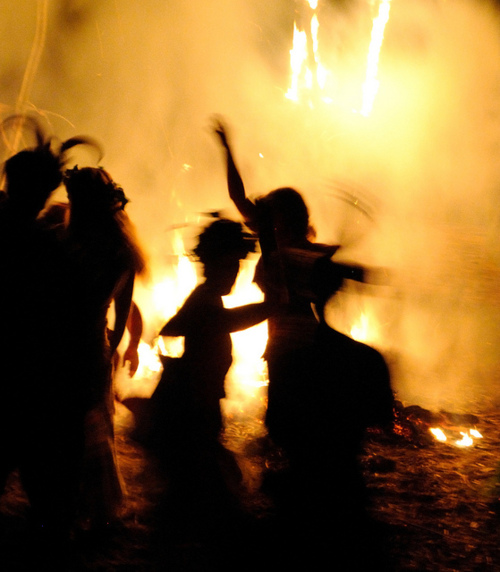
 Learning
from Jimmy Iovine
Learning
from Jimmy Iovine

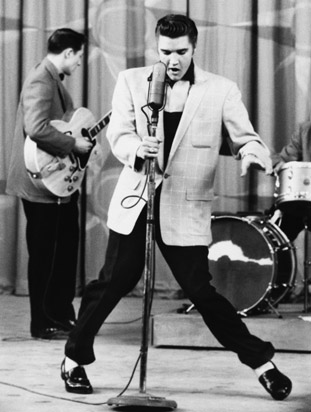
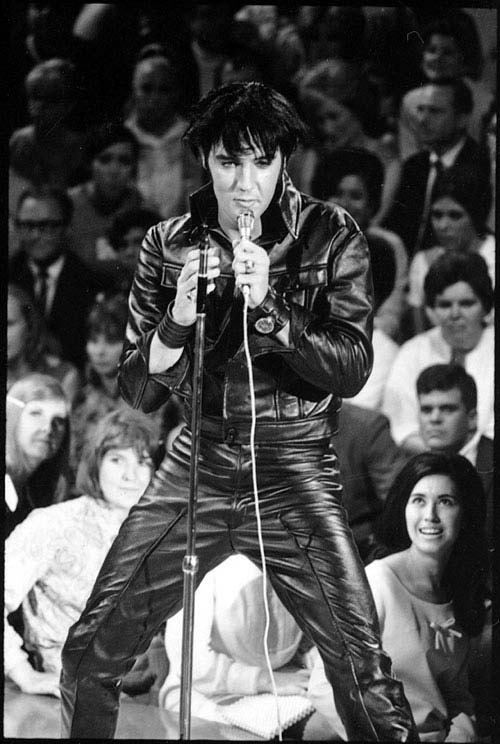
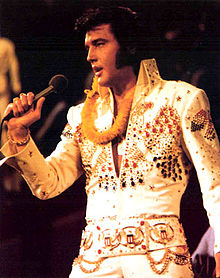

 I
I t
is worth noting that the original church-related icons were flat by
design: one-dimensional panels, images produced on metal, carved in
stone, embroidered on cloth, painted on wood, done in mosaic or fresco,
and printed on paper. An example (left) is "St. Theodore" from the early
Greek Orthodox.
t
is worth noting that the original church-related icons were flat by
design: one-dimensional panels, images produced on metal, carved in
stone, embroidered on cloth, painted on wood, done in mosaic or fresco,
and printed on paper. An example (left) is "St. Theodore" from the early
Greek Orthodox. Enter
Betty Boop...
Enter
Betty Boop...








 Steve
Miller
Steve
Miller